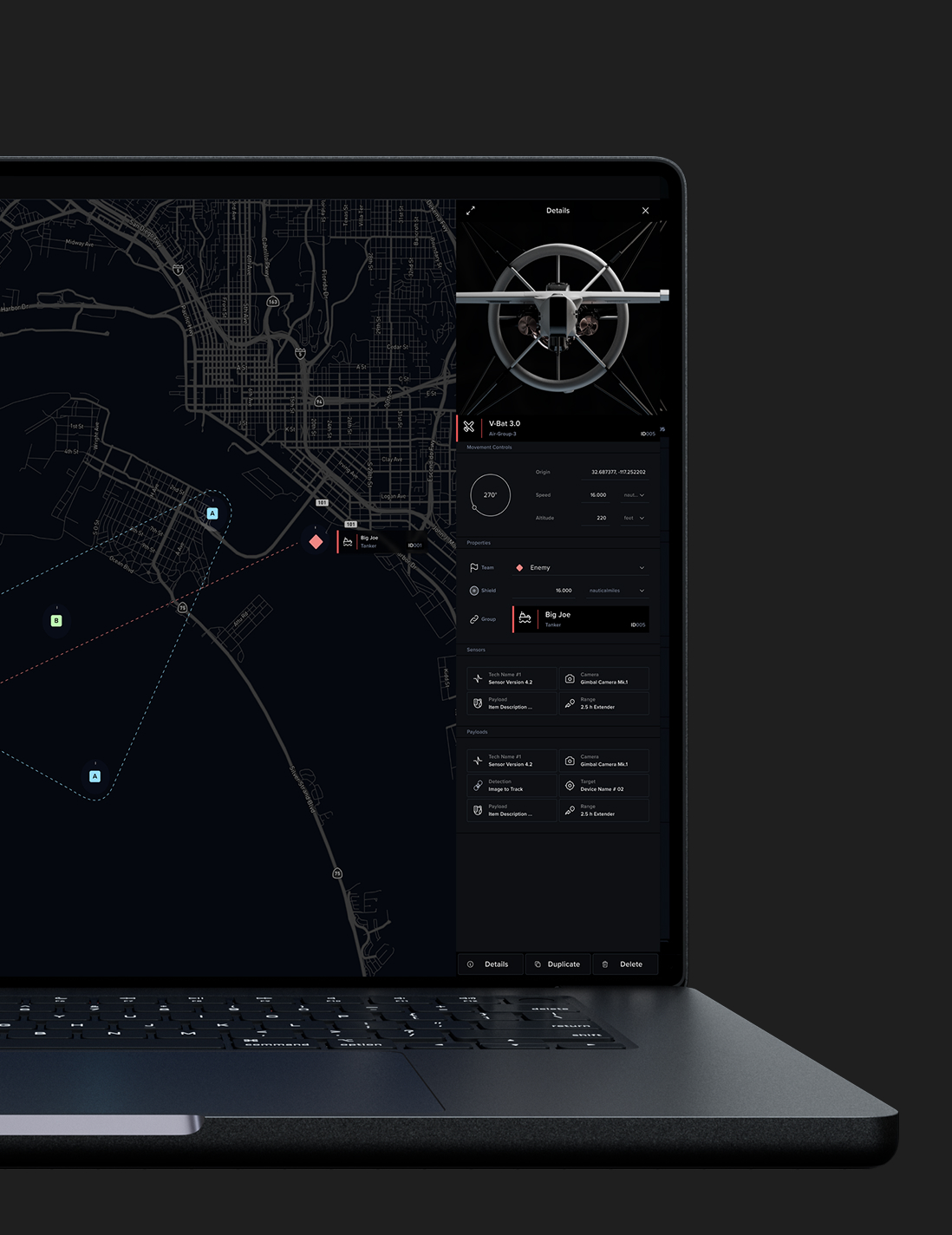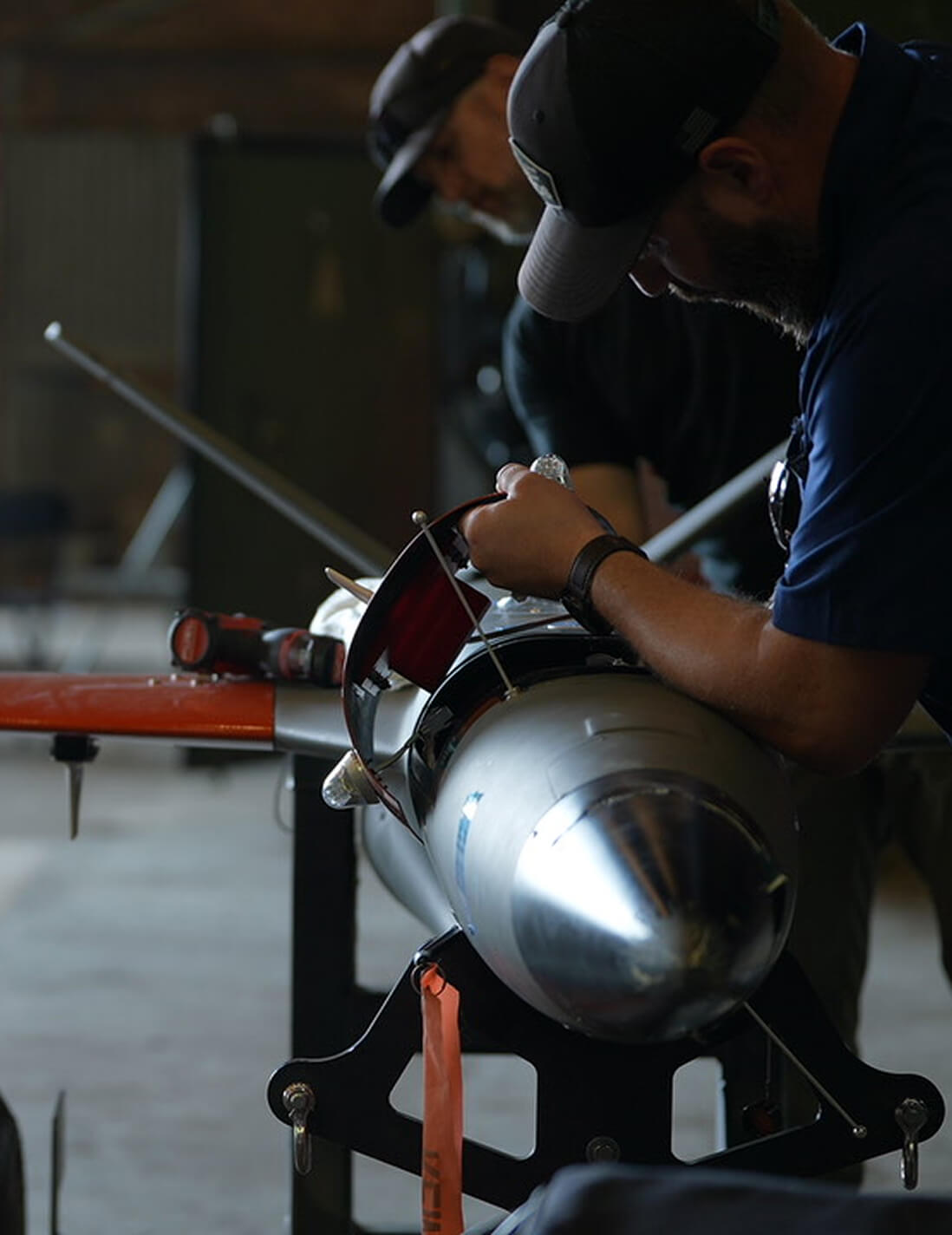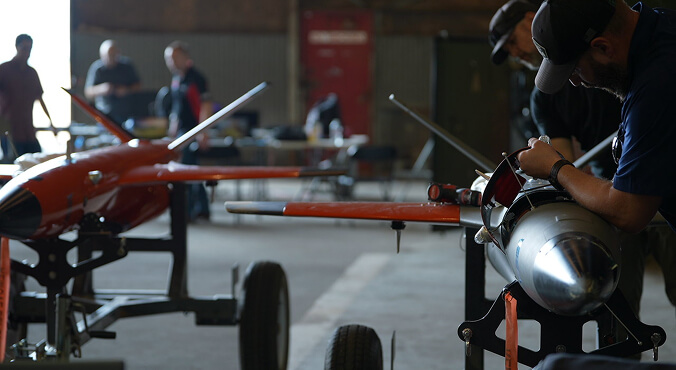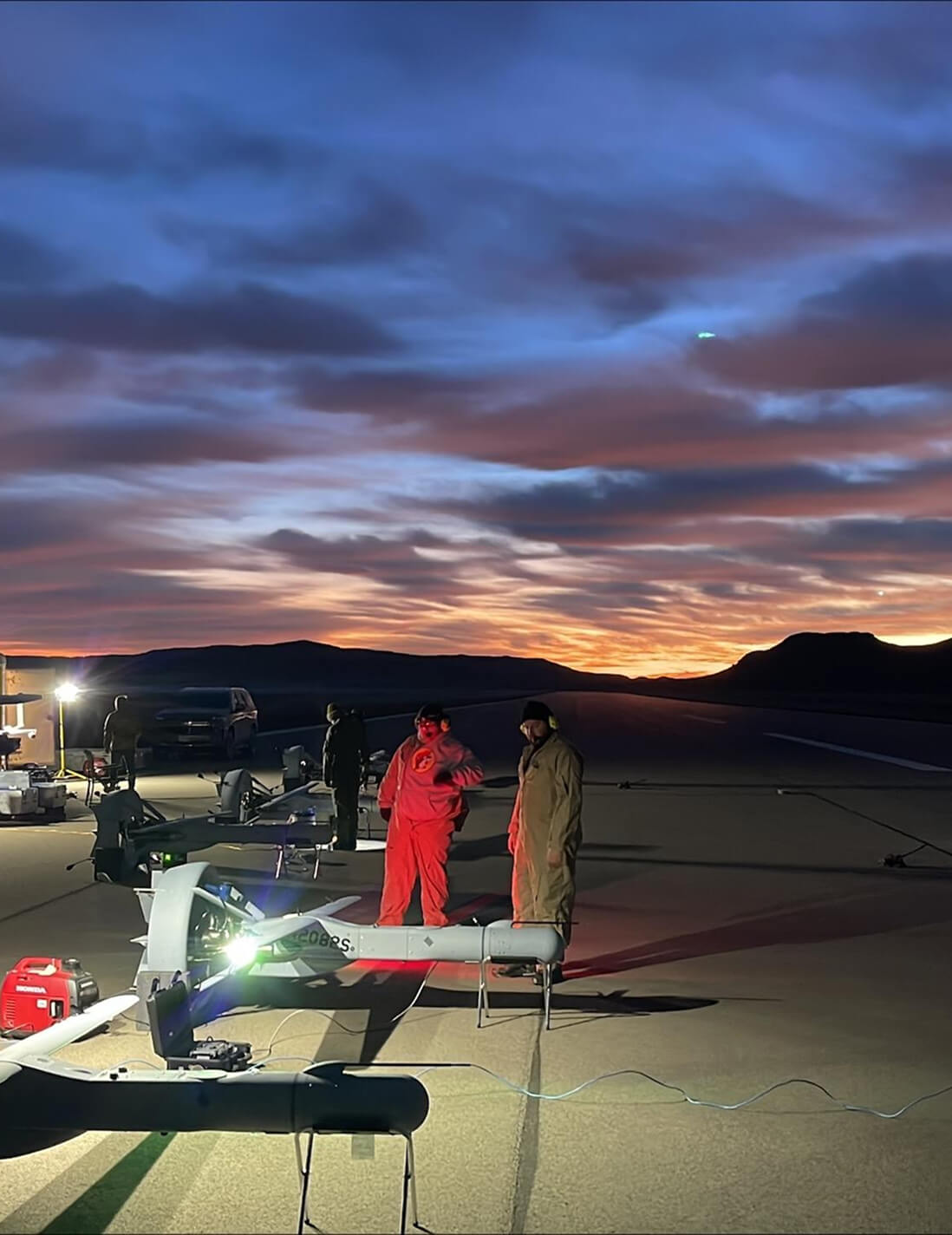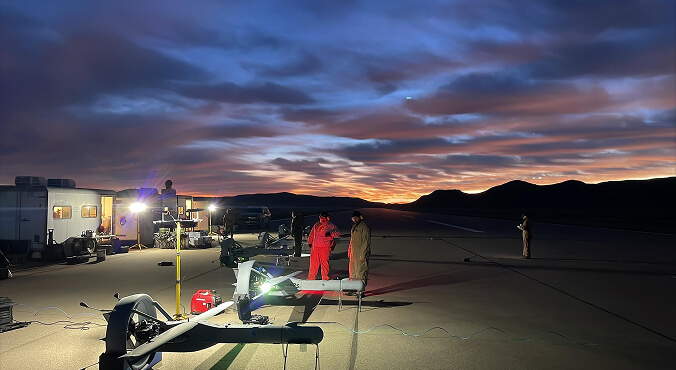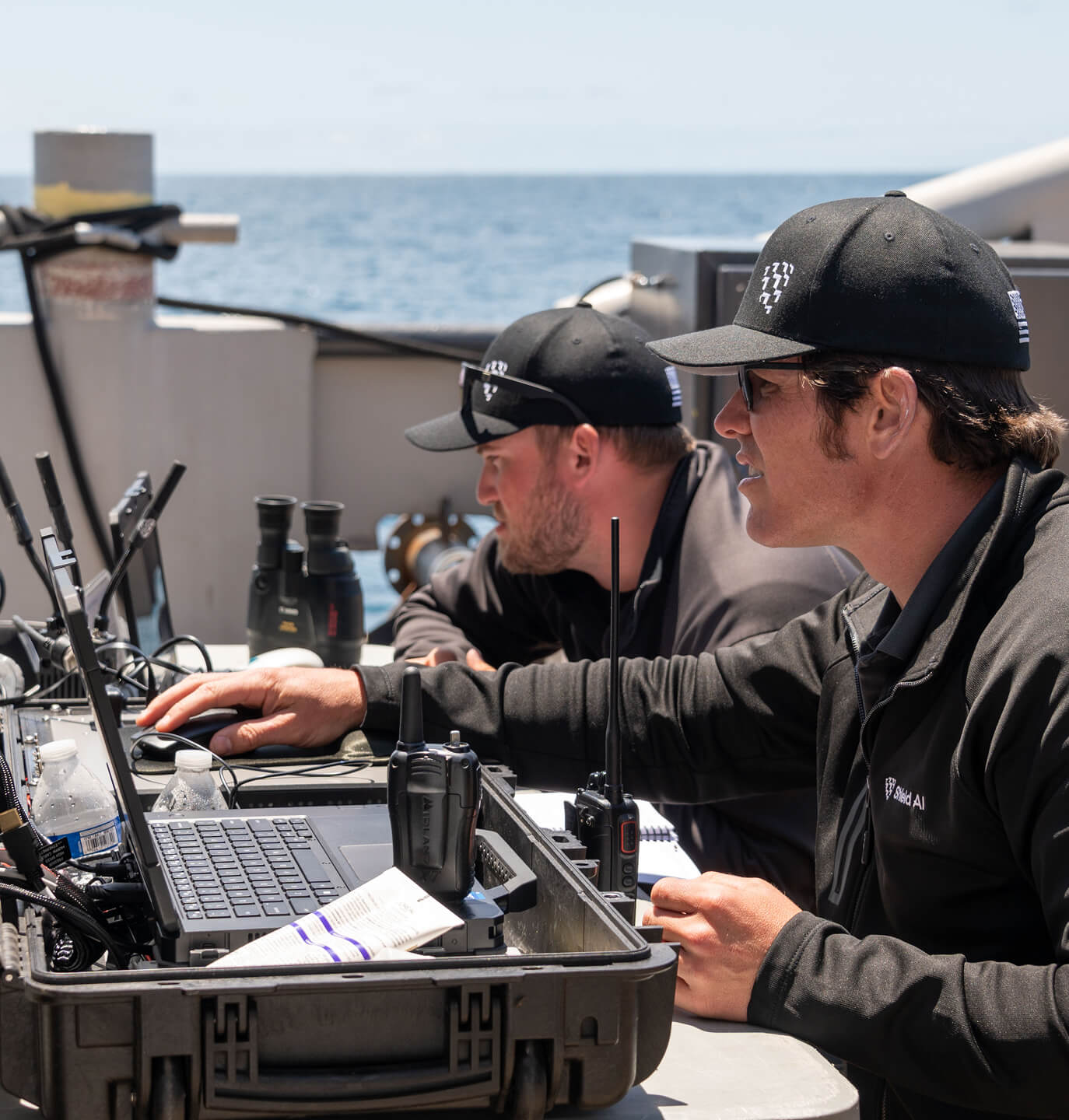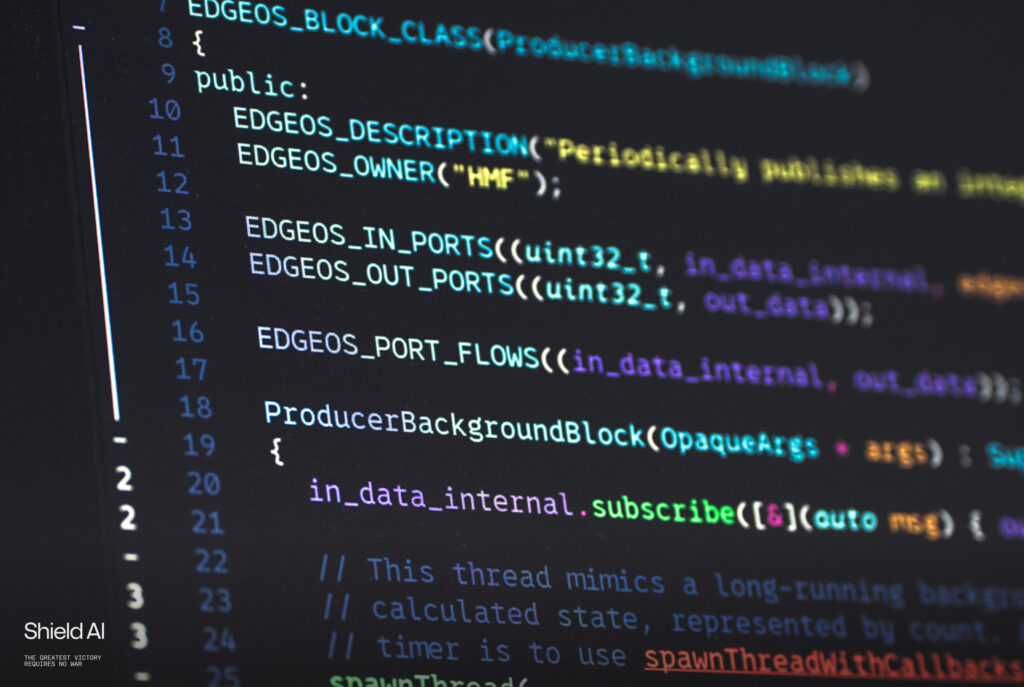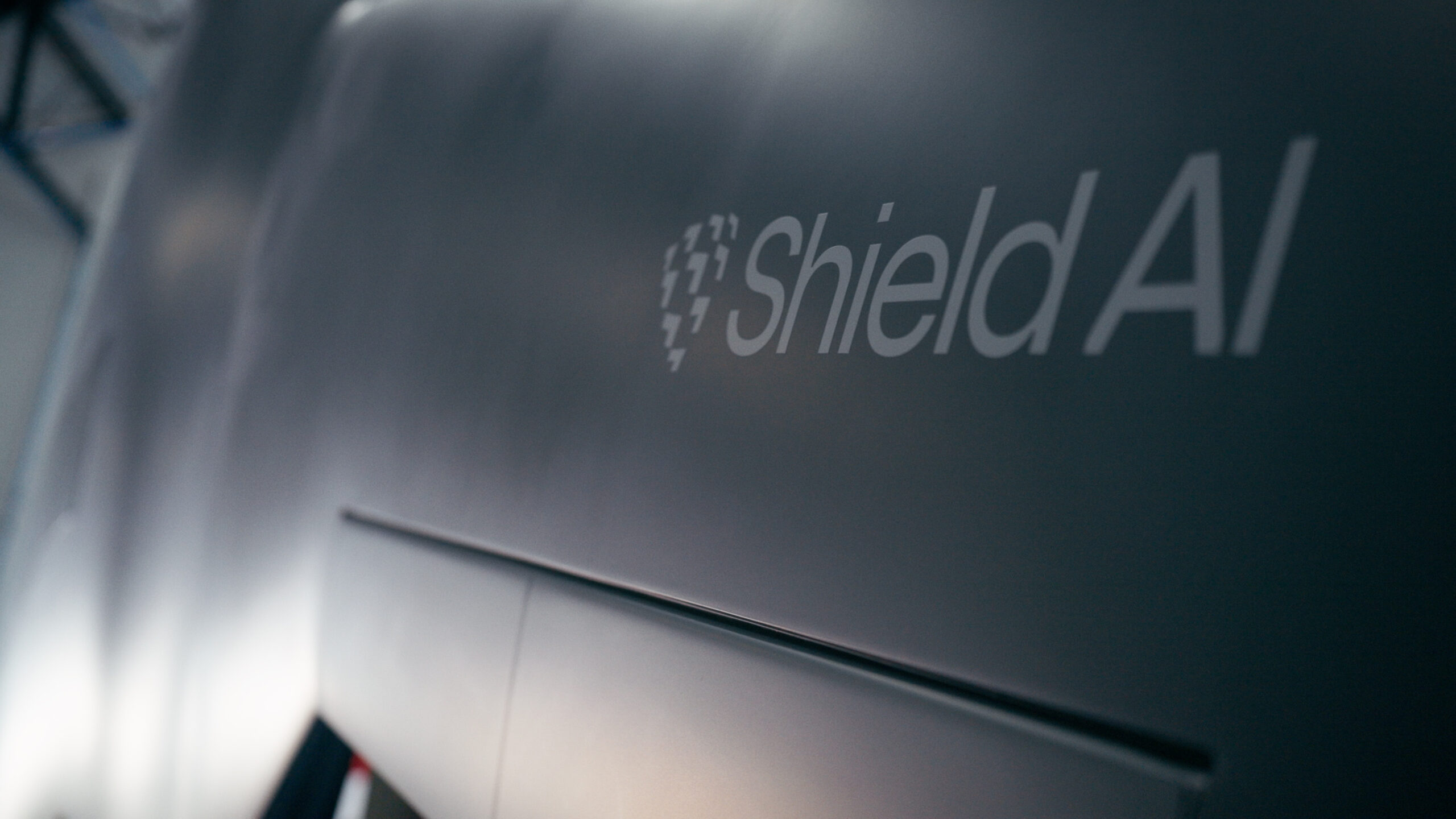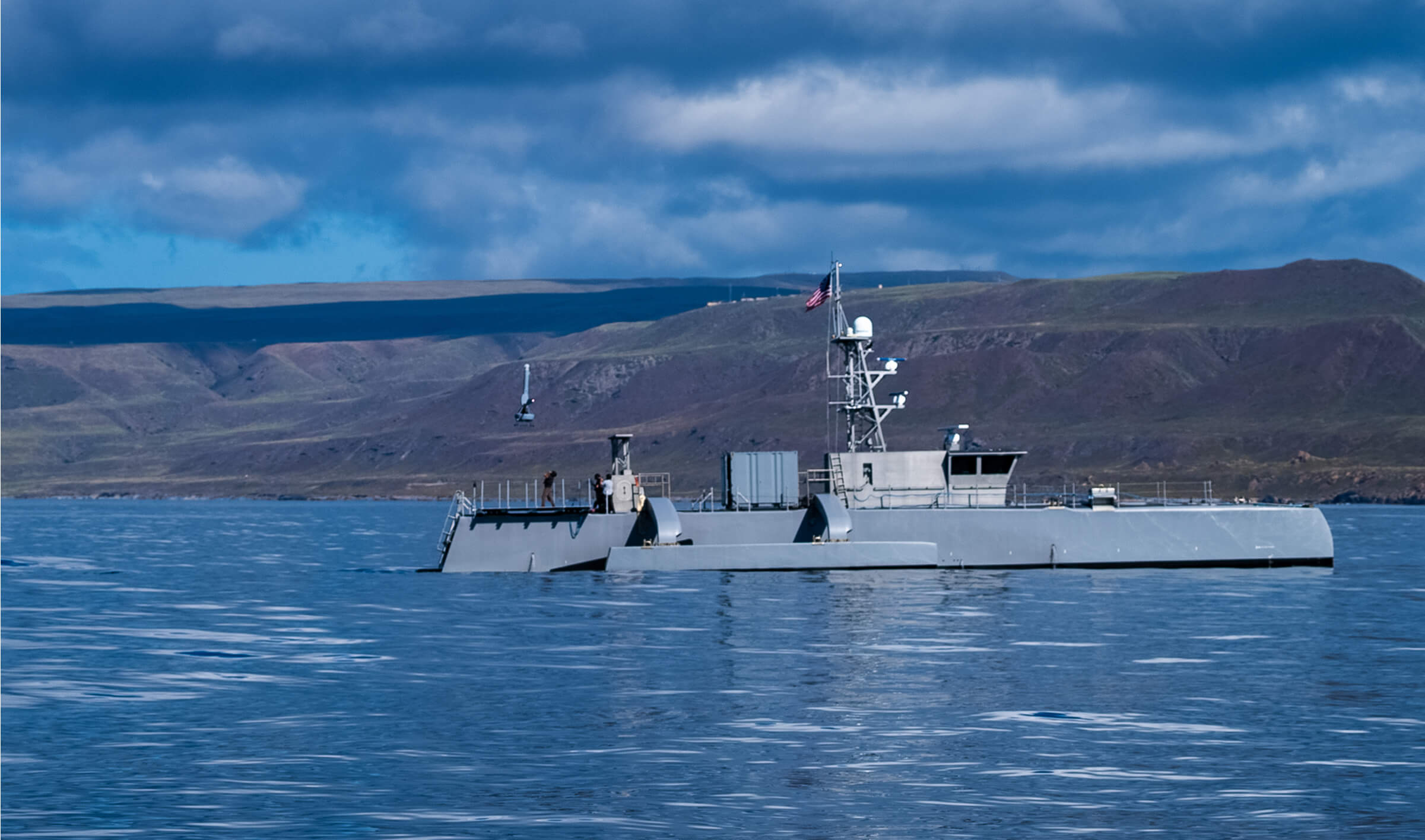[September 25, 2025]
Hivemind EdgeOS: A Game-Changer for Autonomous Robotics
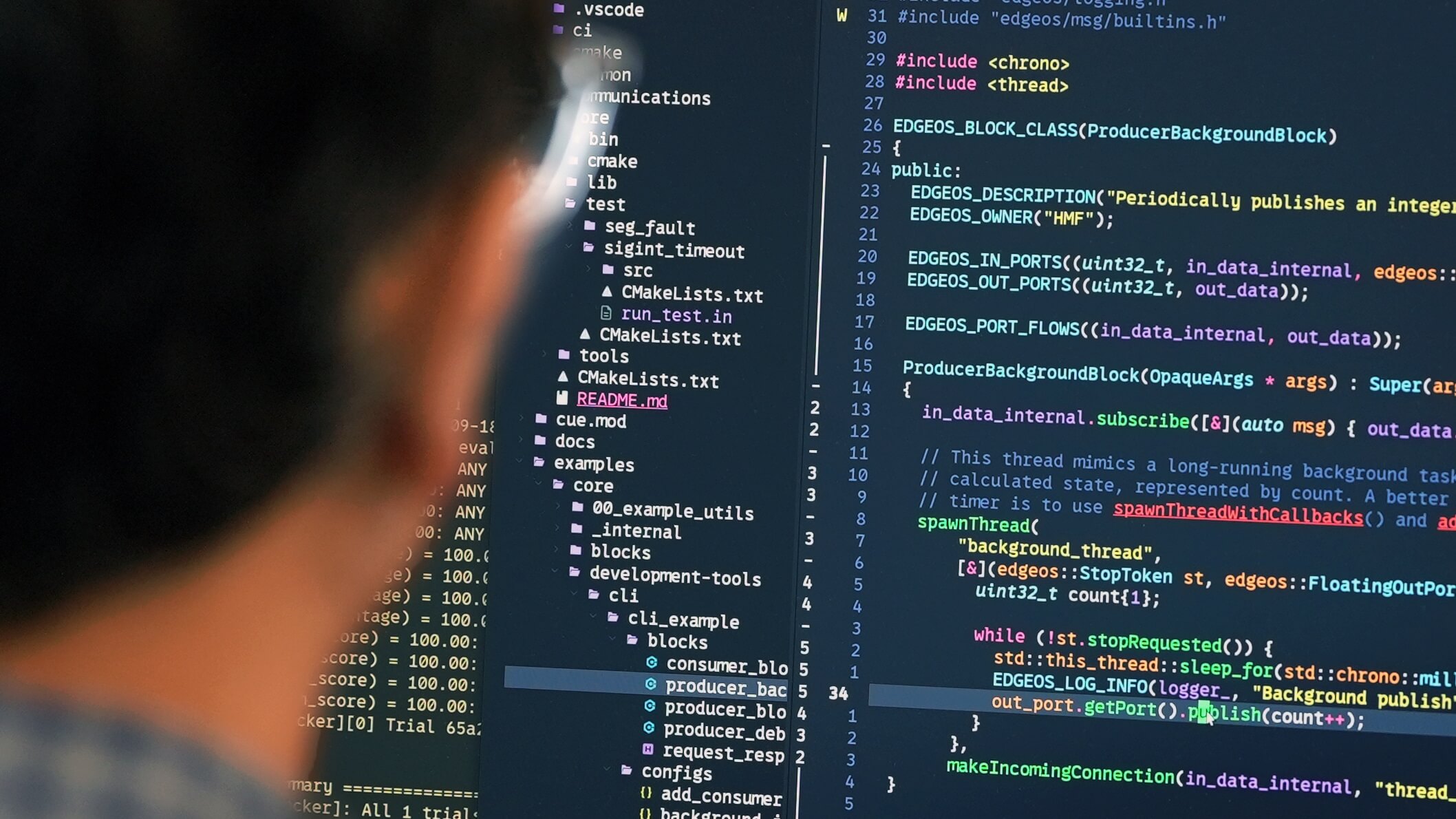
Interested in the next leap in robotics? Download our white paper to discover how EdgeOS is redefining middleware for mission-critical robotics here:
The robotics revolution has fundamentally changed how industries and militaries operate. Robots now routinely perform critical tasks, from conducting precise military operations to managing complex industrial processes. But behind every successful robot lies middleware, the essential software layer that enables reliable communication and coordination between a robot’s various components.
For years, roboticists relied heavily on the Robot Operating System (ROS). ROS revolutionized robotics by providing a standardized way to build modular robot software. Yet, as robots increasingly step into mission-critical roles, where lives and significant investments are on the line, ROS shows certain drawbacks. Issues such as unpredictable performance, latency from network dependencies, and a lack of true real-time capabilities have emerged as notable limitations.
Shield AI, an industry leader in mission autonomy, has responded to these challenges with Hivemind EdgeOS, an innovative middleware framework specifically designed to meet the rigorous demands of modern autonomous robotics. This middleware is fundamentally different, built on principles that ensure reliable, predictable, and high-performance operations.
Predictable Performance Through Static Configuration
One of EdgeOS’s defining characteristics is its static configuration model. Unlike ROS, where nodes and topics can be dynamically created or destroyed at runtime (which introduces complexity and unpredictability), EdgeOS relies on pre-defined configurations. Each system launches from a static JavaScript Object Notation (JSON) configuration that clearly specifies behaviors and connections ahead of deployment. This design simplifies validation, makes deployments auditable and reproducible, ensures predictable behaviors, and significantly reduces operational risks.
This static, predictable approach makes EdgeOS well suited for autonomous vehicles, drones, and industrial robotics operating in mission-critical environments where precision and reliability are non-negotiable.
Localized Computation for High-Speed, Deterministic Communication
EdgeOS differentiates itself with its emphasis on local, shared-memory communication. Rather than defaulting to network transport, EdgeOS passes messages by reference within a process, eliminating most serialization overhead and cutting latency to a fraction of a millisecond, even at very high message rates. In published benchmarks, EdgeOS has sustained millions of messages per second with sub-millisecond local latency while keeping the Central Processing Unit (CPU) and memory usage efficient.
This emphasis on local computation makes EdgeOS highly responsive and reliable. Robots using EdgeOS deliver smoother performance, which is critical when split-second reactions can determine mission success.
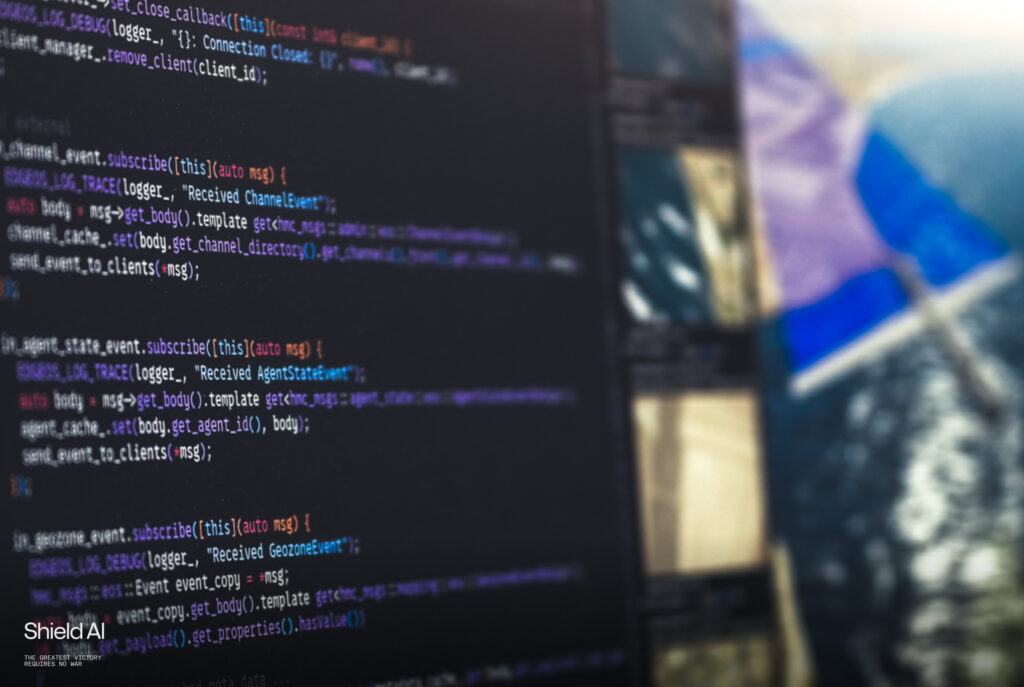
Building Blocks: Modular, Efficient, and Scalable
At its core, EdgeOS is organized around two primary concepts: Blocks and Ports. Blocks are modular units of computation, similar in spirit to ROS nodelets but optimized for deterministic and real-time execution. Each Block advertises typed input and output Ports. Ports handle message passing asynchronously across threads or synchronously within a thread, which supports both performance and clean separation of concerns.
Together, Blocks and Ports form an elegant and highly scalable architecture, making it straightforward for developers to build, validate, and deploy complex robotic systems.
Advanced Capabilities for Multi-Agent Systems
EdgeOS goes beyond single-robot operations. Its Communicator Library enables sophisticated multi-agent coordination across processes and platforms, including agent discovery, time synchronization, configurable quality of service, and feedback on network conditions. It manages interactions among multiple robots with precise synchronization and real-time communication, even in challenging operational environments.
EdgeOS language: Advanced Messaging for Next-Generation Robotics
Another highlight of EdgeOS is the EOS language (often referenced as EOSLang), a powerful system and schema toolchain for messages. It supports complex C++ concepts like optional and one of types, integrates natively with Eigen for math, and offers multi-format serialization that includes JSON, ROS compatibility, a high-performance internal document format, and a compact binary format. Language bindings for Python and TypeScript make integration and tooling easier across development workflows.
EdgeOS also includes built-in diagnostics, recording, and replay to analyze latency, backpressure, CPU utilization, and message flows across Blocks and Ports during development and test.
Proven Performance in Demanding Environments
EdgeOS has been extensively deployed in production flight systems and other mission-critical contexts. In rigorous tests it has sustained millions of messages per second, maintained low latency, and utilized system resources efficiently. These real-world results underline EdgeOS’s suitability for high-performance robotics in environments where reliability and precision are paramount.
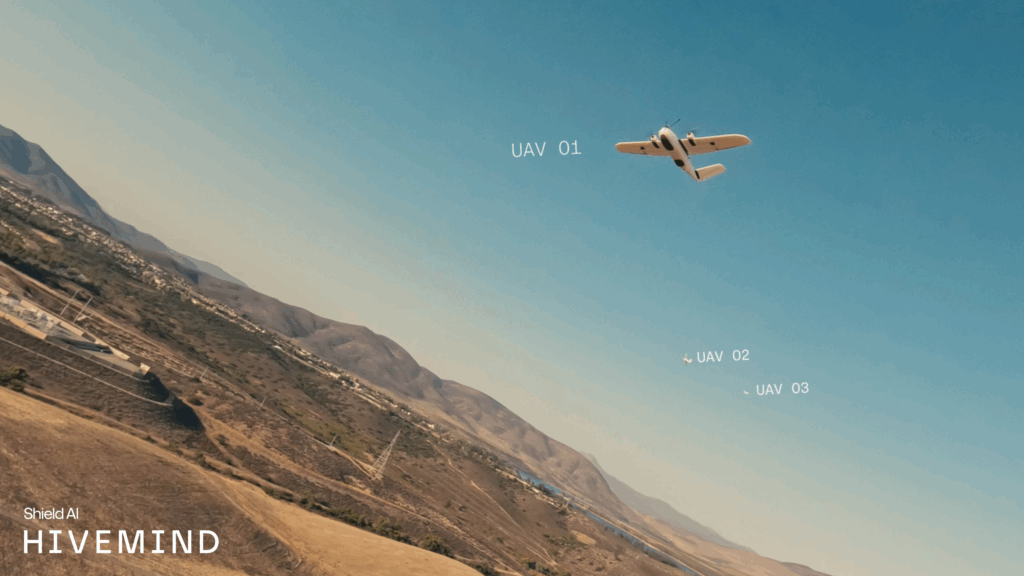
Real-World Applications of EdgeOS
EdgeOS is not a theoretical advancement, it has been proven in practical applications:
- Autonomous Aerial Robotics: Enables precise flight control, autonomous navigation, and real-time sensor fusion.
- Industrial and Defense Ground Robotics: Delivers reliable operations and efficient performance for demanding embedded environments.
- Collaborative Drone Swarms: Coordinates complex multi-robot missions without centralized human control.
Looking Ahead: The EdgeOS Advantage
EdgeOS represents a significant advancement in robotics middleware, addressing critical limitations in current frameworks like ROS. By providing predictable configuration, efficient local communication, rich messaging through the EOS language, and robust multi-agent capabilities, EdgeOS is positioned to power the next generation of autonomous robotic systems.
As autonomous robotics increasingly shape the future of industries and defense, middleware platforms like EdgeOS will become foundational. Shield AI’s EdgeOS represents a transformative leap forward in autonomous robotics, ensuring the reliability and performance needed for tomorrow’s robotic applications.
